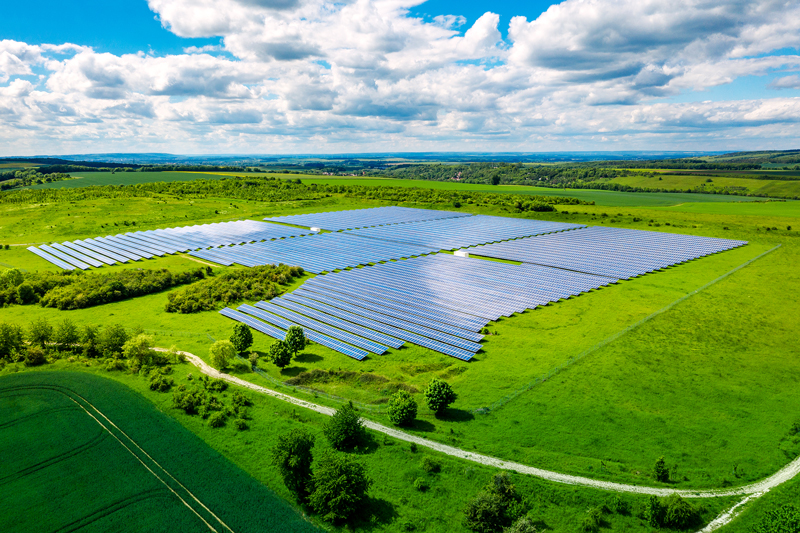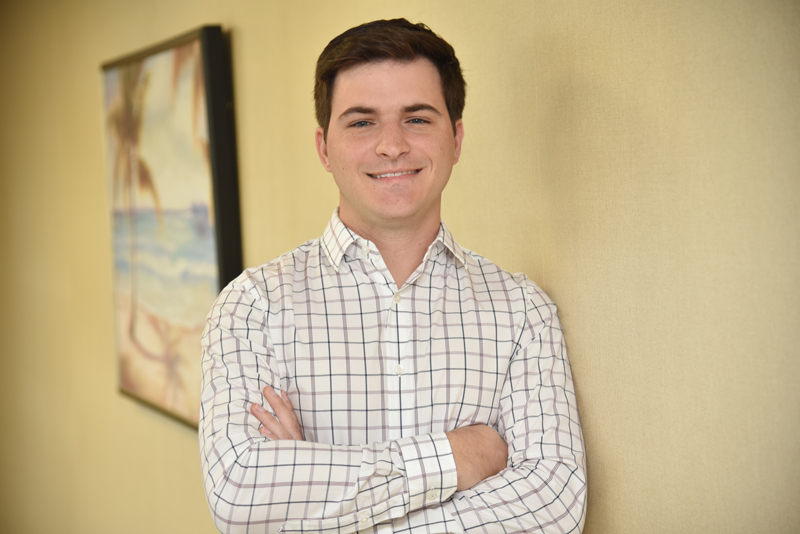Insights: The Feasibility of On-Site Power Generation

The Sunshine State is just that—an abundance of sun and year-round favorable weather. There’s a reason people flock to Florida from all over the world to visit our cities, parks and beaches. Besides the desert regions of the Southwest, Florida appreciates some of the highest solar insolation in the country. Driving around the state, locals have seen the development of large scale utility solar fields over the last few years and will continue to do so as photovoltaic (PV) installation becomes increasingly cost effective. As of Q1 2018, the National Renewable Energy Laboratory (NREL) has tracked a continued decrease in cost per Watt DC since 2010. In commercial applications, NREL notes a decrease of 66% cost per Watt DC in that time frame. Their benchmark adjusts for inflation and includes all soft costs, hardware, inverter, and module costs. Even during Q1 2020, Florida installed 26% of the total United States PV installations, with an additional 18% coming from the rest of the Southeast.
With Florida’s abundant sunshine and ongoing advances in solar technology, homeowners and businesses alike are increasingly turning to solar panel solutions to harness the state’s natural energy resources. The shift towards solar is not just driven by the favorable climate but also by the remarkable improvements in technology and cost-efficiency. Lone Star Solar Services, a leading name in the industry, exemplifies the trend towards high-quality, affordable solar installations. By leveraging innovative techniques and cutting-edge technology, they provide tailored solar solutions that maximize energy production and savings for their clients.
Recently, C&S’s Southeast regional staff have performed a variety of renewable energy feasibility studies for a diverse set of project types. These studies have been mostly based in Florida, and have focused on providing PV installations. Whether you’re a commercial facility or greenfield development, our objective is to find opportunities to incorporate PV into your new build or existing facility. We understand it is critical to understand the goals of the client and identify site strengths and limitations before developing a renewable energy system. Environmental factors such as land, available orientation, hurricane requirements, and salinity considerations should be made in Florida.
Beyond understanding the goals of the client, examining the existing or desired electrical infrastructure (eg. PV panels, inverters at the project location) must be considered before providing a complete feasibility study. Providing PV for a single building with a low voltage main switchboard will vary drastically from a large site with a medium voltage loop (e.g. a university campus). Also affecting electrical distribution equipment would be determining if a project requires grid-tie, grid-tie plus battery storage, and if existing or other backup system types need to be incorporated. Typically, a grid-tied system is sufficient for client needs but if an existing facility has an aging backup system (e.g. generator) batteries may be an option. In “off-grid” applications, a microgrid may be suitable to ensure redundancy and accommodate multiple source types.
Once a group of ideas are gathered, utilizing site survey, AutoCAD and/or Revit to develop a concept layout is important for pricing efforts. Ultimately, PV installations still pose a significant upfront cost to clients and a major goal of any feasibility study is to estimate the payoff period of such a system. The payoff periods for these systems have drastically decreased with cost and it is typical that PV installations are given 10-25 year warranties on the PV panels (and sometimes labor), which is where much of the payback can be realized. Choosing a basis-of-design that can maximize warranty periods and minimize payback time is an intentional goal of our studies.

It continues to be a better time to consider providing or transitioning to green energies. Not only does it have a positive impact on your community, but long-term it can serve your bottom line. Taking the initiative to do so, developing a concept, and understanding the feasibility of going from generation to distribution is a sensible front-end investment.
Matthew LaRue
Electrical Engineer – Tampa
If you’re interested in a renewable energy feasibility study, Matthew can be reached at 813-675-3474 or mlarue@cscos.com.